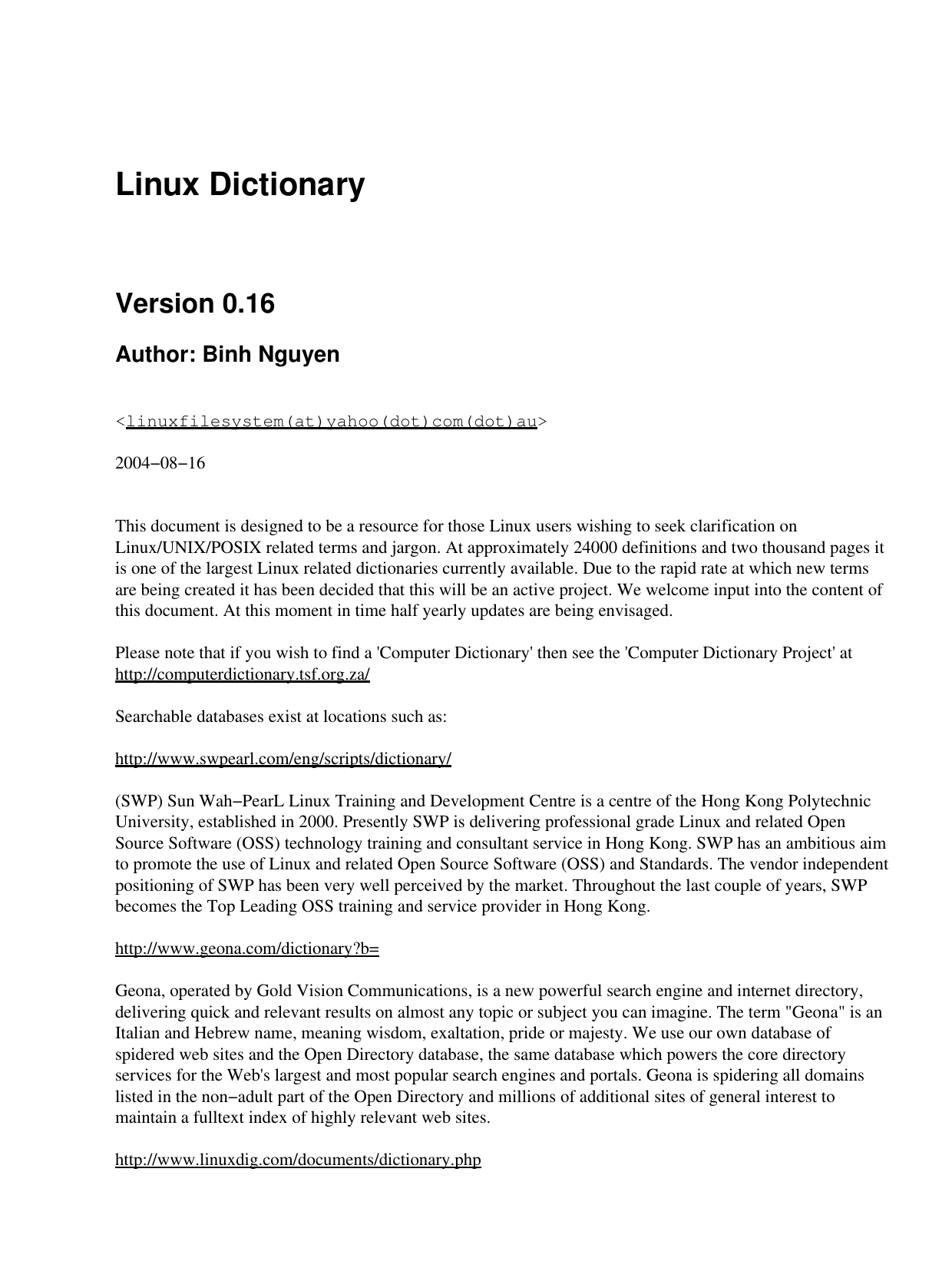- Cybernetique Laptops For Senior Citizens
- Cybernetique Laptops & Desktops Driver Download For Windows 7
- Cybernetique Laptops & Desktops Driver Download For Windows 8.1


Background Little is said about the influence of cybernetics on the architectural practices and theories of the past fifty years. Yet, from the discourses of the experimental architecture of the 1960s and 1970s, to those of the most advanced advocates of digital design, the terms and key themes of cybernetics keep coming back.Analysis Focusing on the first attempts to apply cybernetics to. Download Acer support drivers by identifying your device first by entering your device serial number, SNID. Laptops Desktops Tablets Monitors Smartphones Projectors Mixed Reality Headsets. (Windows operating systems only) Or select your device: Category.
Cybernetics[1] is the study of control and communication in the animal and the machine.[2]Norbert Wiener added: 'Information is information, not matter or energy'.[2]155
Ross Ashby defined it as: 'the art of steermanship... co-ordination, regulation and control will be itsthemes, for these are of the greatest biological and practical interest... it treats, not things but ways ofbehaving. It does not ask “what is this thing?” but “what does itdo?”[3] Ashby continued:
- 'Cybernetics stands to the real machine—electronic, mechanical, neural, or economic—much as geometry stands to a real object in our terrestrial space'.[3]
Louis Couffignal said cybernetics was 'the art of ensuring the efficacy of action'.[4]

Cybernetics was from the first an inter-disciplinary field of study. It included people from at least a dozen academic disciplines. There were two events which sparked it off after World War II. The first was that scientists from different backgrounds had, during the war, worked together on various military projects. They learned a good deal about how to cooperate with their various partners. The second event was the invention of computers during the war.
Cybernetique Laptops For Senior Citizens

The countries which started cybernetics were Britain and the United States, but the idea spread quickly to France, Russia and other countries. Another, more famous, example of 'interdisciplinary studies' was molecular and cell biology.
The building block[change | change source]
Imagine a simple system such as a central heating system.
A goal-directed or control system has these four parts:
- Sensor (S): test the system's environment.
- Goal (G): the specification of the desired state of the system.
- Error Detection (E): a method for finding the difference between the present state and the goal state.
- Effector (E'): operations the system can make to get the environment closer to the goal.[5]
The device which does this is called a thermostat.
Later years[change | change source]
Cybernetics started rapidly, and some of the greatest thinkers of the post-war era were interested in it. When this generation died, and some of the hopes for artificial intelligence and robotics were slow to produce results, cybernetics fell somewhat out of favour.[6]
Related pages[change | change source]
References[change | change source]
Cybernetique Laptops & Desktops Driver Download For Windows 7
- ↑The term cybernetics (the Greekκυβερνήτης) means a governor or pilot.
- ↑ 2.02.1Wiener N. 1948: Cybernetics, or control and communication in the animal and the machine. Wiley, New York 1948. 2nd revised ed. 1961. ISBN9780262730099
- ↑ 3.03.1W. Ross Ashby 1956. Introduction to Cybernetics. Methuen, London, UK. PDF text.
- ↑Couffignal, Louis, 'Essai d’une définition générale de la cybernétique', The First International Congress on Cybernetics, Namur, Belgium, June 26–29, 1956, Gauthier-Villars, Paris, 1958, pp. 46-54
- ↑Pask, Gordon 1972. Cybernetics, entry in Encyclopædia Britannica.
- ↑Cariani, Peter 2010. On the importance of being emergent. Constructivist Foundations5 (2): 89. 'Artificial intelligence was born at a conference at Dartmouth in 1956 that was organized by McCarthy, Minsky, Rochester, and Shannon, three years after the Macy conferences on cybernetics had ended (Boden 2006; McCorduck 1972). The two movements coexisted for roughly a decade, but by the mid-1960s, the proponents of symbolic AI gained control of national funding conduits and ruthlessly defunded cybernetics research. This effectively liquidated the subfields of self-organizing systems, neural networks and adaptive machines, evolutionary programming, biological computation, and bionics for several decades, leaving the workers in management, therapy and the social sciences to carry the torch'
Cybernetique Laptops & Desktops Driver Download For Windows 8.1

Comments are closed.